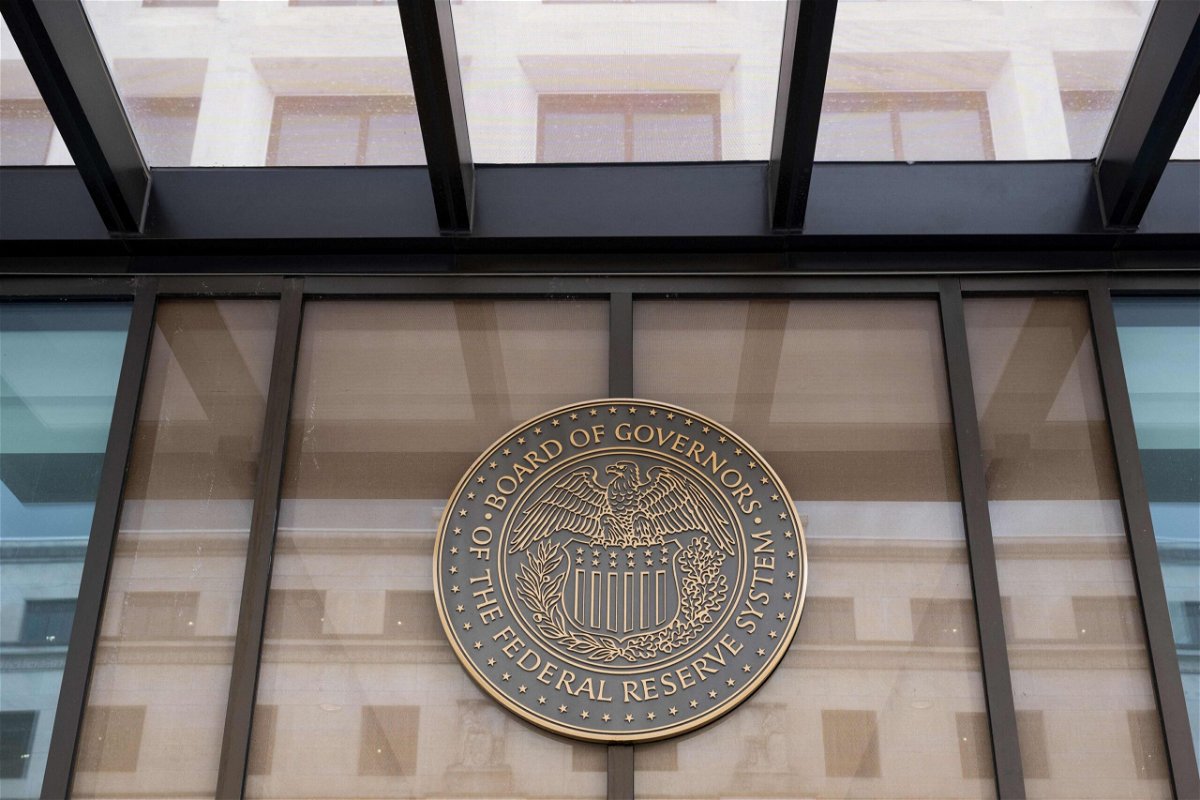The Fed doesn’t actually control its key interest rate. Here’s what does

By Bryan Mena, CNN
Washington, DC (CNN) — The Federal Reserve has a lot of sway over the US economy and financial markets. But there’s one thing it doesn’t have: the ability to get interest rates to the exact level it wants.
How could that be? Doesn’t the Federal Reserve control interest rates?
Actually, no, it doesn’t.
While you may have read that Fed officials voted to raise, lower or hold interest rates steady after their monetary policy meeting, what they’ve actually voted on is the target range for the federal funds rate.
That range determines the actions the central bank will take behind the scenes through the use of its multitrillion-dollar balance sheet to influence borrowing costs across the economy on everything from mortgages to commercial loans.
Here’s how that all works:
An overview of monetary policy
Monetary policy is meant to either restrict or stimulate the economy, depending on whether inflation is too high or employment is too low. The Fed has been trying to slow the economy to combat high inflation for about a year and a half now through a series of rate hikes.
The Fed’s main tool — the federal funds rate — is the interest rate that commercial banks charge each other when lending excess bank reserves, which are cash minimums a financial institution is required to have on hand and is calculated as a certain percentage of a bank’s total deposits.
The Fed’s benchmark lending rate is currently at a range of 5.25-5.5%, the highest in 22 years.
Bank reserves, parked at the Fed or stored in a bank’s own vaults, are required to meet depositors’ needs in case of unexpected demand for withdrawals, and can be easily converted into cash. Banks lend each other these reserves because it is a quick way to move cash from one bank to another.
For example, if a bank in California wants to transfer money to a bank in Florida, the California bank can easily instruct the Fed to move reserves from its account at the central bank to the account of the Florida bank and, voilà, the money is quickly transferred overnight and made available to the bank.
How exactly does the Fed move the target range?
The Fed pays interest on bank reserves. That rate, which is determined by the Fed’s Board of Governors, helps the central bank carry out its desired target range because it puts a floor on the interest rate banks will be willing to accept to lend to other banks.
For instance, if the Fed pays more interest on bank reserves it means banks can earn more money from holding on to funds as opposed to lending them out. Therefore, the banks will demand higher interest rates to lend to one another. That then means banks will have to charge higher interest rates on loans they make to consumers and businesses.
The Fed gets the money to pay banks interest on reserves by trading mainly Treasuries and mortgage-backed securities.
To reduce the supply of bank reserves, the Fed sells the Treasury securities in its portfolio, causing bank reserves in the banking system to decline equally, former Fed Chair Ben Bernanke explained in a book published last year.
“With fewer reserves available, the rate (price) that banks paid to borrow reserves from each other naturally rose, as intended by the (Fed),” he said.
And to lower the funds rate, the Fed does the opposite: The Fed gobbles up Treasuries, increasing the supply of bank reserves in the system, thus lowering the central bank’s benchmark lending rate.
After raising the funds rate 11 times since March 2022, the Fed has made significant progress in slowing decades-high inflation, which erupted in 2021 as a result of pandemic-driven demand and supply shocks.
Still, inflation remains well above the Fed’s 2% target, and the central bank will continue to utilize its tried-and-true policy tool until the job is done. Investors are expecting rate cuts as soon as next year’s first quarter.
The Fed is holding its last two-day monetary policy meeting of the year this week, with an announcement on rates due Wednesday at 2pm ET, followed by a press conference from Fed Chair Jerome Powell.
—CNN’s Elisabeth Buchwald contributed to this report.
The-CNN-Wire
™ & © 2023 Cable News Network, Inc., a Warner Bros. Discovery Company. All rights reserved.